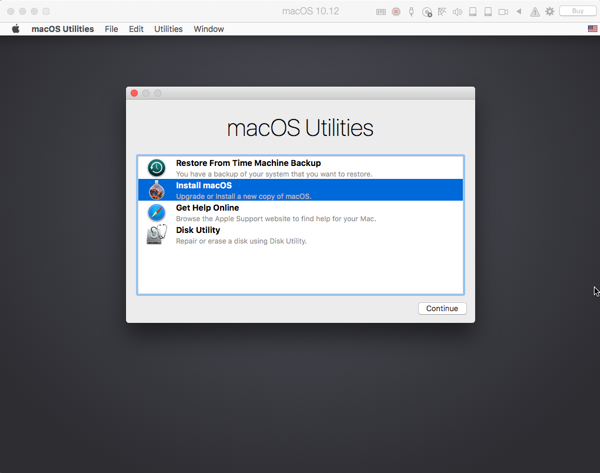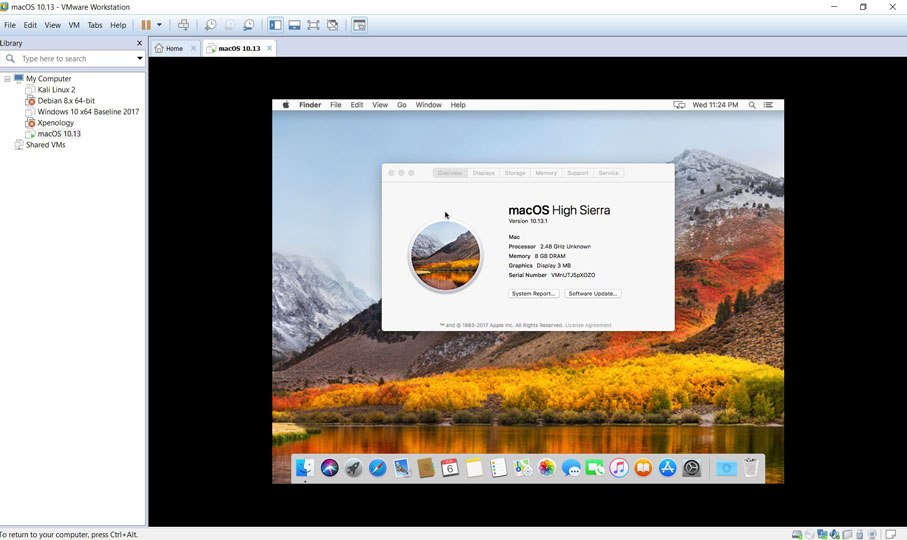

VMWare itself does not officially support OS X on ESXi. Per VMWare documentation linked here, OS X is only supported on VMWare Fusion running on Apple hardware. Per Apple EULA this is not a licensed deployment option. Please note, the above article content does not condone or imply Unitrends or Kaseya support for OS X in esxi. In the ‘Name’ column, type - smc.present

Click on ‘Add Row’ and add the following values
If ‘smc.present’ is completely missing, then add it. If it is present and its value is ‘false’, then, change it to ‘true’. Click on ‘Name’ and everything will be sorted alphabetically. A new window will pop up with various parameters. Click on the ‘Configuration Parameters.’ button seen on right. Right click the VM and click on ‘Edit Settings’. To boot up the Mac OS X VM successfully, following steps must be followed on the vSphere Client – After Restoring the VM, if this property is not found, then, the VM wouldn’t boot up. This happens because Mac OS VMs have a non-generic property. When trying to boot it in Safe Mode, similar results are seen. But, when the VM is booted up on the vSphere Client, it is stuck at the boot screen (showing the Apple logo). When it is Restored back to an ESX Server, the Restore is shown as ‘SUCCESSFUL’ on the Unitrends User Interface. DescriptionĪ VMware VM running Mac OS X guest was Backed up from an ESX Server using Unitrends’ vprotect mechanism (i.e., without an agent). To let customers know that a Restored Mac OS X VMware Virtual Machine (VM) may not boot up correctly or may boot infinitely. Restored VMware Mac OS X Virtual Machine is not Booting Up ISSUE Purpose 
Restored VMware Mac OS X Virtual Machine is not Booting Up







 0 kommentar(er)
0 kommentar(er)
